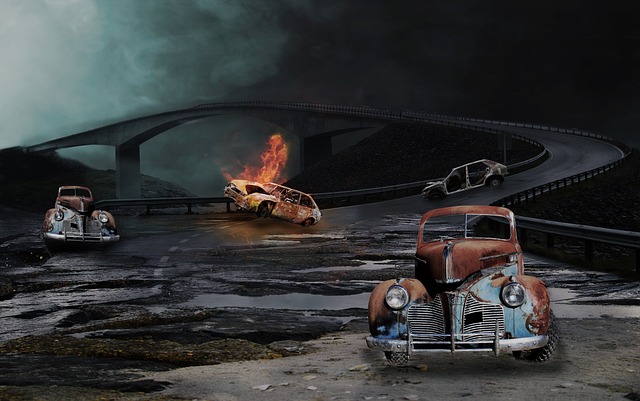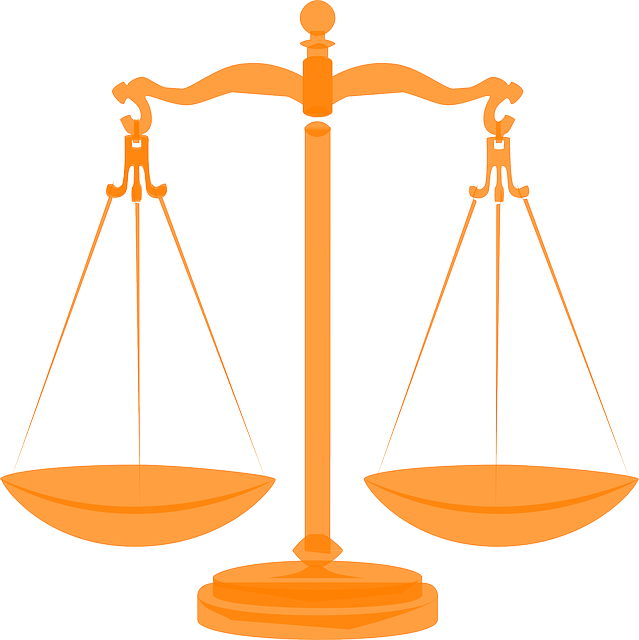A third-party workplace claim occurs when an employee or bystander sues a non-employer entity for work-related injuries, such as slip-and-fall accidents. These claims are distinct from workers' compensation and involve complex legal areas like equipment failure. Homeowner insurance may apply to residential properties. Understanding these scenarios is vital for navigating workplace safety and legal responsibilities. Employers should proactively mitigate risks through comprehensive insurance, regular policy reviews, specialized legal counsel, open communication, prompt reporting, training sessions, and risk assessment tools to minimize third-party claims.
In the dynamic landscape of employment law, understanding third-party workplace claims is crucial for employers navigating potential liabilities. This article dissects the fundamentals of these claims, clarifying their impact and scope. We explore how such laws work, offering insights into the legal framework that governs them. Additionally, we provide strategic guidelines for employers to effectively manage and mitigate risks associated with third-party workplace claims, ensuring compliance and a safer work environment.
- What are Third-Party Workplace Claims?
- How Do These Laws Work?
- Strategies for Employers to Navigate These Claims Effectively
What are Third-Party Workplace Claims?
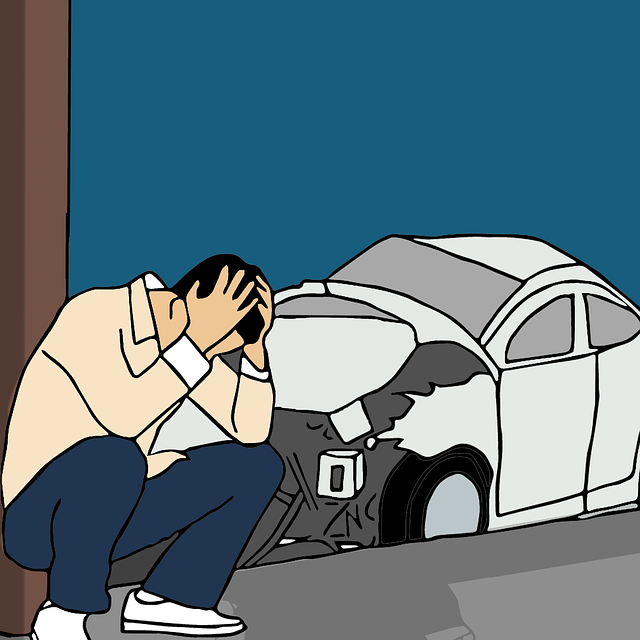
In the context of workplace safety and legal responsibilities, a third-party workplace claim refers to a situation where an employee or a bystander sues an entity other than their immediate employer for injuries or damages sustained on the job. This could involve scenarios such as slip-and-fall accidents, where a visitor or passerby is hurt due to the negligence of the property owner or manager who was responsible for maintaining a safe environment. These claims are distinct from personal injury claims against one’s own employer, which typically fall under workers’ compensation insurance.
Understanding third-party workplace claims is crucial as they often involve complex legal territories. For instance, if a worker gets injured on a job site due to a faulty piece of equipment that was not properly maintained by the property owner (who might have contracted an external party for maintenance), a claim could be filed against that third party. This situation can lead to legal battles where an accident lawyer represents either the claimant or the defendant, advocating for their respective interests. Homeowner insurance claims may also come into play, especially when such accidents occur on residential properties.
How Do These Laws Work?
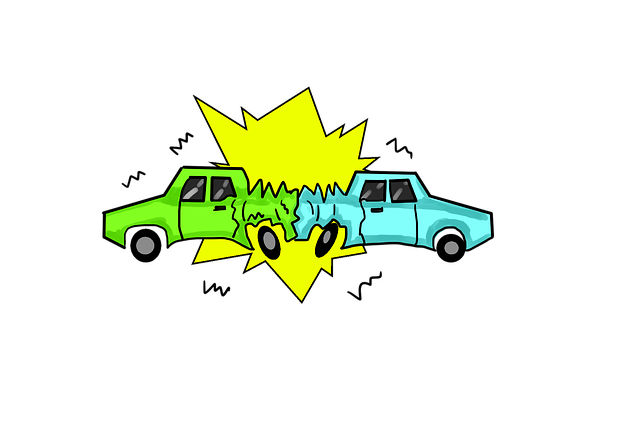
When it comes to third-party workplace claim laws, these legal frameworks are designed to protect individuals who suffer injuries or harm while on someone else’s property, especially in a professional setting. The process typically involves several key steps. First, an individual sustains an injury due to another party’s negligence or intentional act at the workplace. This could range from a slip and fall incident to an accident caused by faulty equipment. Next, the injured party files a claim against the third-party responsible for their harm.
In these cases, a personal injury lawyer or attorney plays a crucial role in guiding the victim through the legal system. They help navigate complex issues, gather evidence, and negotiate with insurance companies to ensure the client receives fair compensation. The process often includes filing a demand letter outlining the claim and negotiating a settlement. If an agreement cannot be reached, the case may proceed to litigation, where a judge or jury determines liability and awards damages, which could include medical expenses, lost wages, and pain and suffering. Homeowner insurance claims also come into play in some cases, especially when the incident involves premises liability on a property owner’s part.
Strategies for Employers to Navigate These Claims Effectively
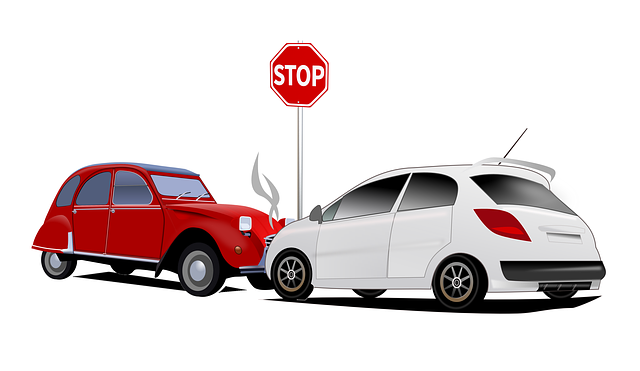
When faced with a third-party workplace claim, employers should adopt proactive strategies to navigate these complex legal scenarios effectively. Firstly, establishing comprehensive insurance coverage is paramount to mitigate financial risks and protect against potential liabilities. Employers should regularly review their policies, ensuring adequate coverage for various claims, including those related to personal injuries, property damage, and even professional negligence. Engaging the services of a specialized truck accident lawyer or legal counsel experienced in employment law can be invaluable. These experts can provide guidance on policy amendments, help draft clear and comprehensive employee handbooks, and ensure adherence to relevant laws, thereby reducing the likelihood of costly claims.
Moreover, fostering an open and transparent communication culture within the organization is essential. Employers should encourage employees to report accidents, injuries, or any perceived breaches of fiduciary duty promptly. Efficient reporting mechanisms allow for swift investigations, facilitating early identification of potential issues. Regular training sessions on workplace safety protocols, employee rights, and complaint procedures can empower staff to take proactive measures. Additionally, employing risk assessment tools and conducting periodic audits can help identify vulnerabilities and enable employers to implement preventative measures, ultimately reducing the likelihood of third-party workplace claims, including medical malpractice suits.
Understanding and navigating third-party workplace claims is essential for employers to mitigate legal risks. By familiarizing themselves with these laws, implementing effective strategies, and fostering a culture of compliance, organizations can minimize exposure to potential liabilities. Awareness and proactive measures are key to ensuring a safe and legally sound work environment.

